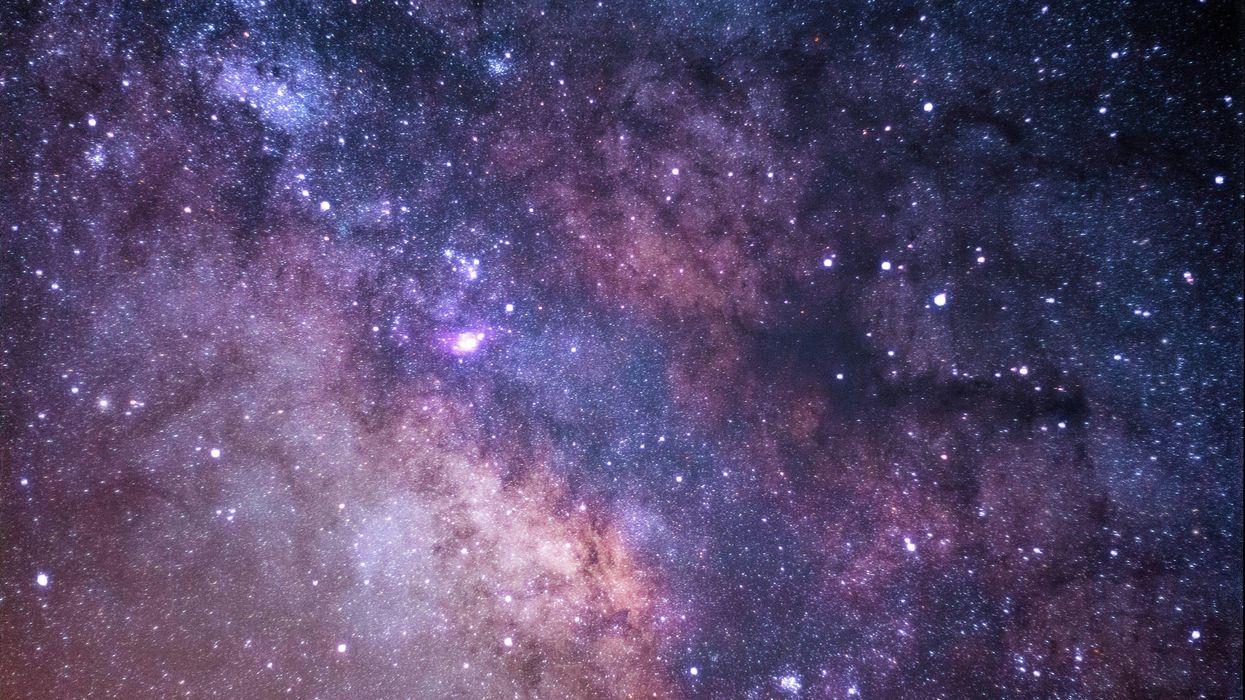Catherine Shuttleworth
Apr 21, 2024

Purple bacteria could be key to finding alien life
Photo by Jeremy Thomas on Unsplash
New research suggests that bacteria containing purple pigments could be the key to locating extraterrestrial life.
On Earth, the dominant colour signal for life is green, due to bacteria and plants that use green chlorophyll to transform sunlight into energy. But for other planets, green isn't the colour we should be looking for.
On planets orbiting a smaller, dimmer star, organisms are more likely to thrive on invisible infrared light, according to researchers.
In a study published in Monthly Notices of the Royal Astronomical Society, Lígia Fonseca Coelho, an astrobiologist at Cornell University, and her co-authors grew a sample of infrared-powered bacteria. This bacteria does exist in certain places on Earth, mainly where sunlight doesn't penetrate, such as marshes or deep-sea hydrothermal vents.
Whilst growing a sample, the team measured the wavelengths of light they reflected, and simulated what those light signatures would look like on various planets.
Certain telescopes, most of which are still be constructed, will be able to search for these light spectra, according to the researchers.
"We need to create a database for signs of life to make sure our telescopes don't miss life if it happens not to look exactly like what we encounter around us every day," co-author Lisa Kaltenegger, a Cornell University astronomer and director of the Carl Sagan Institute, said in a statement.
Purple bacteria belong to a phylum called Pseudomonadota, and they thrive in low-oxygen environments. Coelho and her colleagues grew 20 species of purple sulfur-producing bacteria and 20 species of purple non-sulfur-producing bacteria. These were obtained from a variety of environments. Researchers found these bacteria actually contained numerous colourful pigments, including orange and red as well as purple.
After determining which wavelengths of light these bacteria reflected most strongly, the team simulated how those wavelengths would look coming from a variety of potential exoplanets: an Earth-like environment with 70 per cent ocean and 30 per cent land, a 100 per cent ocean world, a 100 per cent frozen world, and a snowball world with half dry land and half snow.
"Our models show that depending on the surface coverage of the biota and the cloud coverage, a wide variety of terrestrial planets could show signs of purple bacteria surface biopigments," the researchers wrote. "While it is unknown whether life — or purple bacteria — can evolve on other worlds, purple might just be the new green in the search for surface life."
Sign up to our free Indy100 weekly newsletter
Have your say in our news democracy. Click the upvote icon at the top of the page to help raise this article through the indy100 rankings.
How to join the indy100's free WhatsApp channel
Top 100
The Conversation (0)












